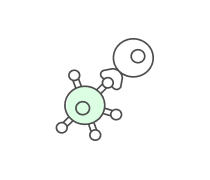Mini 1 Part 2 Cell Signaling
- AP Biology
- MCAT
2.
You may optionally provide this to label your report, leaderboard, or certificate.
×
Thank you for your feedback!
















